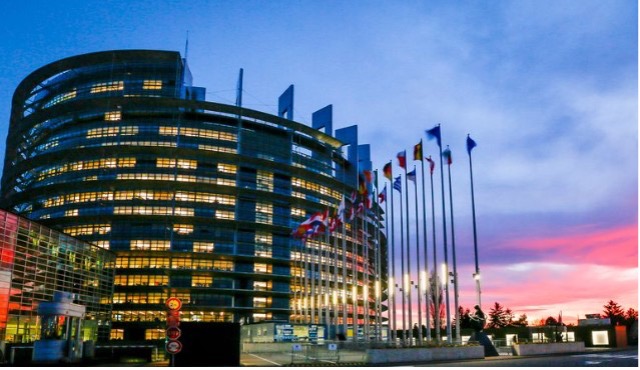Economic development in the European Union

Inflation slowed to 5.5% year-on-year in June from 6.1%. The market had expected a slowdown to 5.6%. Inflation accelerated to 5.4% y/y from 5.3% in May. Global markets had expected an acceleration to 5.5% y/y.

New data from the euro area lowers the short-term outlook for economic growth. Industrial growth
The composite Purchasing Managers’ Index (PMI) slipped into a range of (49.9) in June (for the first time this year), mainly due to declines in new orders and manufacturing employment, where foreign demand fell, and a sub-index for the services sector. A check among purchasing managers suggests that the economy grew only modestly during the second quarter.
Economic sentiment indicators also failed to deliver positive news. The ZEW index (is an economic research institute at the Gottfried Wilhelm Leibniz Science Association (WGL) in Mannheim, Germany) fell further as a result of a deteriorating economic outlook in the context of continued increases in short-term interest rates in the euro area and the US and only a weak recovery in China. According to the June ESI, sentiment deteriorated in both industry and services.
On the positive side, consumer sentiment is improving, although retail sales stagnated for the second straight month in May and the labor market remains tight. Based on the new evidence, CF analysts have lowered the expected GDP growth rate for the Eurozone this year to 0.5%.

During the first quarter of 2023, US GDP increased by 0.3% compared to the previous quarter.
GDP growth by Member State
The highest GDP growth compared to the previous quarter was recorded in Poland (+3.8%) followed by Luxembourg (+2.0%) and Portugal (+1.6%). The highest declines were recorded in Ireland -4.6%) and Lithuania (-2.1%) and the Netherlands (-0.7%).
Headline consumer inflation was slowing further (to 5.5% in June), but this was due solely to a sharp fall in energy prices. Growth in other price categories remains elevated. Month-on-month price growth has resumed (0.3%), driven by non-negligible increases in food and services prices. Core inflation increased (to 5.4%). All this confirms the ECB President’s words in June about the need to raise interest rates further. Thus, a standard hike is now expected not only at the July but also at the September monetary policy meeting of the Governing Council. Continued tightening of monetary policy should help return inflation to target sooner than indicated in the ECB’s June forecast (i.e. only during 2025), which was based on the market outlook for 3M EURIBOR (the Euro Interbank Offered Rate is the daily reference rate published by the European Money Markets Institute) at the end of May (i.e. 3.4% after 2023 and 2024).